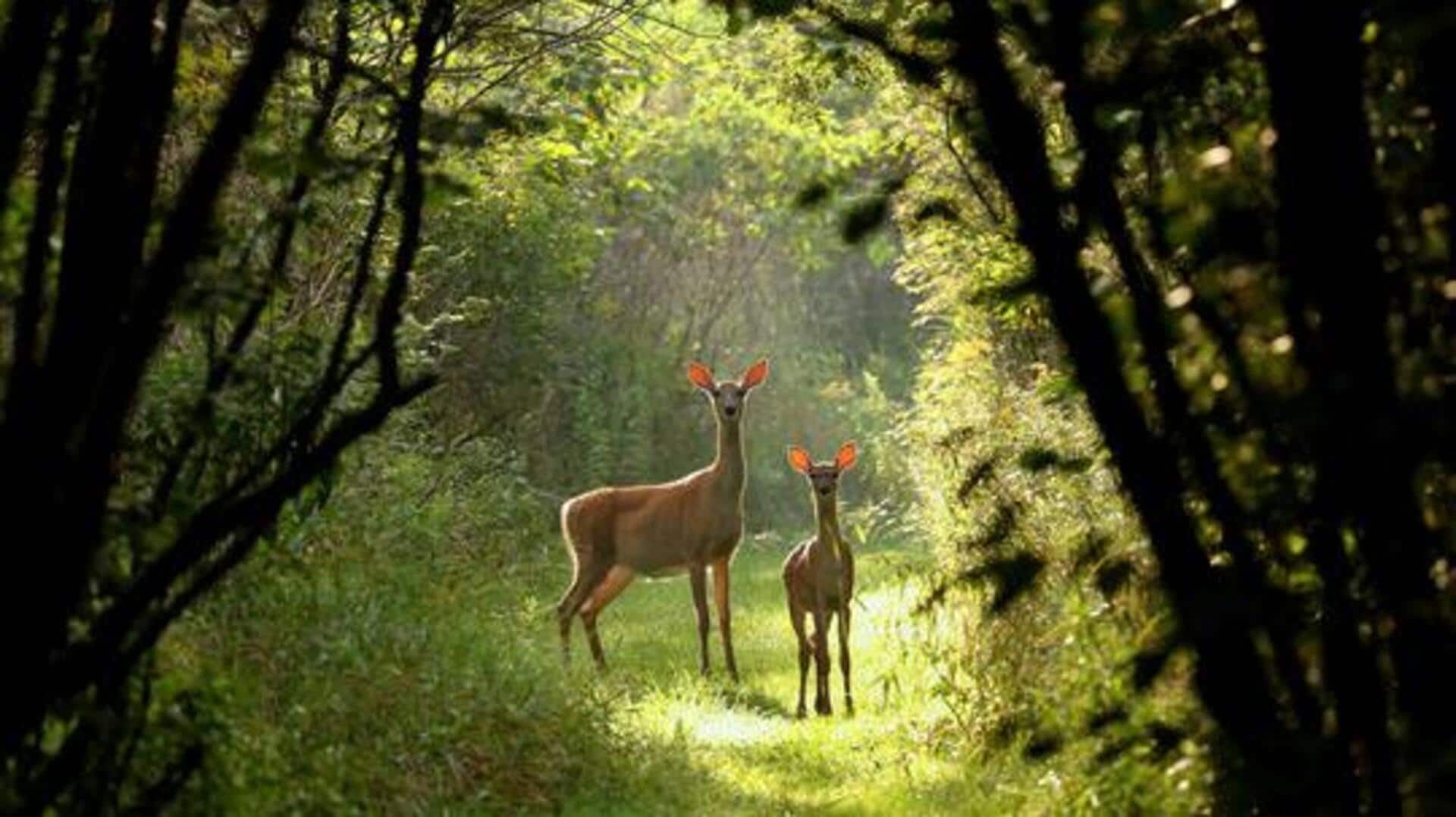
Wildlife photography 101: Tips for stunning shots
What's the story
African wildlife photography presents a unique chance to capture the unadulterated beauty and diversity of nature. Be it majestic elephants, or elusive leopards, the continent's amazing fauna offers endless subjects to photographers. However, to really master the craft, understanding animal behavior, mastering camera settings, and knowing the best times to shoot are essential. Here's how you can capture stunning wildlife images like a pro.
Tip 1
Understanding animal behavior
Understand animal behavior. That is the key. You can't just head out in the wild, point your camera towards an animal, and capture it. You need to observe them in their natural habitat to anticipate their movements and actions. This knowledge will make it easy for you to position yourself for the perfect shot. Patience is the name of the game. Just wait quietly, and you might capture rare moments that tell a story.
Tip 2
Mastering camera settings
Mastering camera settings is critical for capturing high-quality images. Use fast shutter speeds to freeze motion and ensure sharpness. Adjust ISO settings according to lighting conditions; higher ISO can be handy in low light but may introduce noise. Aperture control impacts depth of field, letting you focus on certain subjects while blurring backgrounds.
Tip 3
Choosing the right equipment
Going with the right gear makes a world of difference to your photos. A DSLR or a mirrorless camera with interchangeable lenses provides the best of both worlds in different situations. Use telephoto lenses for distant subjects and wide-angle lenses for large landscapes or groups of animals. A good tripod can also keep your camera steady for hours of shooting.
Tip 4
Timing your shots perfectly
Timing your shots perfectly means knowing the light and animal activity patterns. Early mornings and late afternoons give you soft lighting, popularly called the "golden hours." This ensures that you get images with warm tones and less shadow. Animals are also more active during these times, increasing the chances of seeing them do something dynamic.
Tip 5
Ethical considerations in wildlife photography
Ethical considerations are paramount when photographing wildlife. Respect animals' space by maintaining a safe distance to avoid causing stress or altering their natural behavior. Avoid using flash as it can disturb them, especially nocturnal species sensitive to sudden light changes. Prioritize conservation efforts by supporting locals dedicated to preserving habitats.